Successfully maintain mosses in the aquarium and terrarium
Mosses in the aquarium
Aquatic m osses have long since become established in aquaristics. Initially, mosses were mainly valued as spawning substrate for fish, but in the meantime they have also gained a firm place in aquascaping and natural aquaristics. True to the models from nature - mossy trees and rocks - they lend the layout a very mystical, very primordial and exceedingly natural character.
Positive effect on water values
In addition, mosses provide an incredible amount of surface area in the aquarium on which bacterial films can settle. Since nitrifying bacteria also prefer to settle on surfaces, moss indirectly has a very positive effect on water quality.
Mosses in shrimp aquariums - Feeding baby shrimps selectively
The bacterial films, in turn, are very readily grazed and utilized by shrimps and snails. In addition, one or the other floating particle collects in the moss, which is then also gladly eaten. Especially baby shrimps like to stay in the moss, because it offers them many hiding places and tasty food. If you want to feed specifically with dust food (our recommendation: NH Babyfeed), it is a good idea to mix the food in a little water and then inject this mixture directly into a moss cushion with the help of a pipette. This way the valuable dust food is not sucked in by the filter and is fully available to the animals.
Moss as spawning substrate
Free spawners such as the popular guinea fowl danio (Danio margaritatus) or the bluegill (Poropanchax normani) often simply lay their eggs loosely in fine-textured plants. Since adults and juveniles of many fish species are heavy spawn predators, not many (if any) juveniles usually come up in the parent tank. Optimal in this case is a clump of moss lying freely in the aquarium, for example freshwater kelp, Java moss or spring moss. When the animals have spawned, simply remove it carefully and place it in a separate rearing tank. Usually you don't have to wait long until the first fish larvae swim in the water. There is almost no easier way to propagate free spawners.
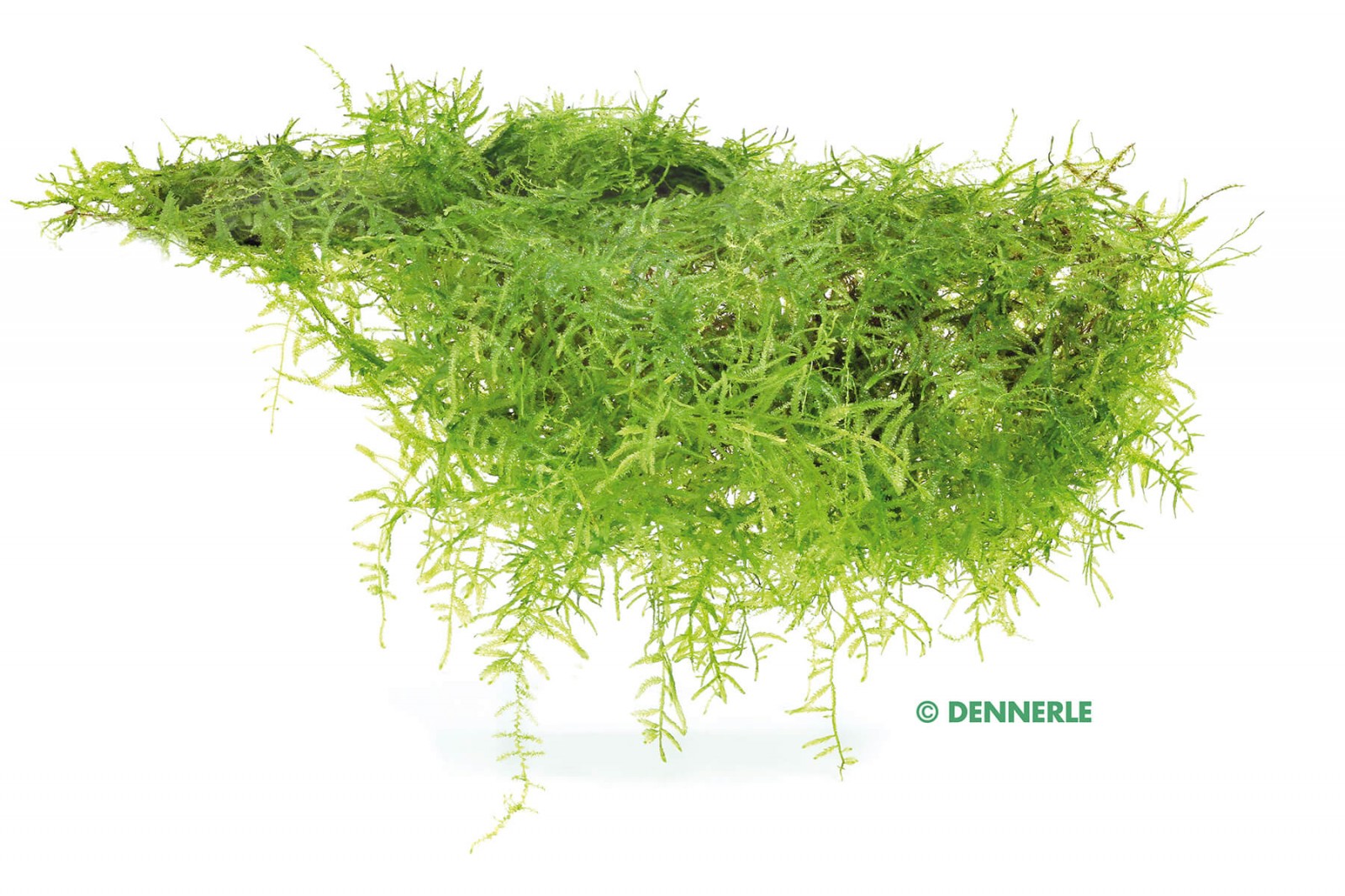 Java moss - Taxiphyllum barbieri
Java moss - Taxiphyllum barbieri
Moss as decoration
Moss-covered rocks and roots look just great in the aquarium and are not difficult to make at all. Most mosses develop adhesive roots and then grow firmly on their own or even continue to grow on the rock or root. From time to time, too long moss strands should be cut back so that the moss cushion on the decoration continues to look neat. The cut shoots can in turn be reused to green other stones or root sections in the aquarium.
Moss cushions can also be used very beautifully in the foreground. To do this, simply leave them on the bottom or attach them to small or even larger flat stones. If this is too much effort for you, you can always use already cultivated moss pads, which are available from various manufacturers.
How do I moss stones and roots?
Tying on
The classic approach is to tie them up. For mosses that form adhesive roots, you can choose a cotton thread for this, which will later dissolve in the aquarium, which usually takes so long that the mosses will have grown tight by then. If you do not want to risk this or if you have chosen a moss that does not form adhesive roots, thin nylon thread (fishing line) is the better choice. It disappears later visually under the moss threads and is no longer noticeable.
To tie up the moss, it is best to cut it into short pieces about 1-2 cm long. Then place a thin layer on the root branch or stone that you want to leave covered and wrap the overlay tightly with the thread. Pay attention to small distances between the wraps! It looks very natural if root branches are not planted with moss in their entirety, but if the wood is still visible in some places.
Of course, tying up also works with small flat stones for the foreground or with special clay tiles, also for the foreground.
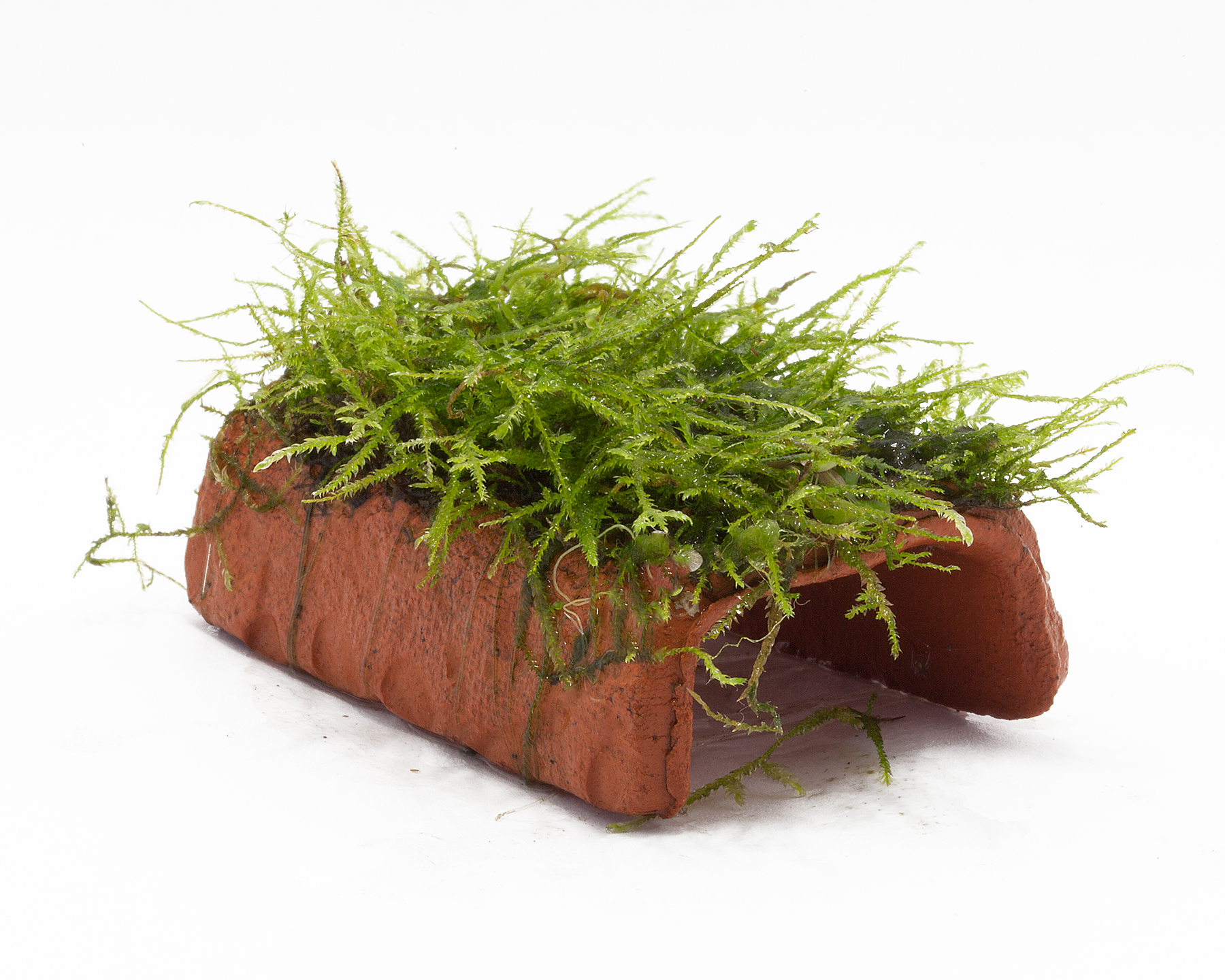 Nano Bungalow planted with Javamoos
Nano Bungalow planted with Javamoos
Sticking
Some time ago, medical students who were also aquascapers found out that cyanoacrylate, widely used in medicine as a wound closure agent, can also be used quite easily in aquariums. This adhesive is used in instant glues. It is completely water-neutral and absolutely non-toxic when cured. You can use the "normal" instant glue or the gel-based one - with the gel-based glue the processing is a bit easier. This method is especially ideal for larger stones or roots, where you would always see the thread to tie on because of the shape. Since superglue hardens by contact with water, the materials to be glued with moss must be absolutely dry. Here, too, you ideally stick 1-2 cm long pieces of moss, which are not only much easier to spread, but also after a very short time already become very nice bushy and branch out well. After curing, you can immediately reinsert decorative objects that have been planted in this way into the aquarium.
We cannot recommend other adhesives such as silicone etc. for mosses. The drying time would be too long, or the heat generated during curing could damage the mosses.
Buttermilk method
A very interesting and not yet widely used planting method originally comes from bonsai culture. Here, people like to plant moss on the surface of the soil, which is quite simple with the buttermilk method.
For this purpose, a portion of moss is pureed in a blender with one to two tablespoons of buttermilk or natural yogurt and then spread with a brush, for example, on stones that are to be greened. You may want to add a little water to the mixture to make it easier to spread.
Of course, you can't put these stones back into the water right away - the coating would float away. Put them in a glass vase with 2 cm of water and a cling film on top. There the mosses grow in good light within a few weeks and give a very natural look. The yogurt or buttermilk provides the acidic environment that mosses love and also adds a few nutrients so that the moss has a good start. Such moss stones are also ideal in an aquascape that is started using the "Dry Start" method.
Fertilizing mosses in the aquarium
Mosses often grow even under low light. They do not need much fertilizer. Special moss fertilizer is available for moss-only aquariums.
Propagating mosses
To propagate, you can simply divide the moss cushions, or you can simply tie up the cut shoots in another place after pruning.
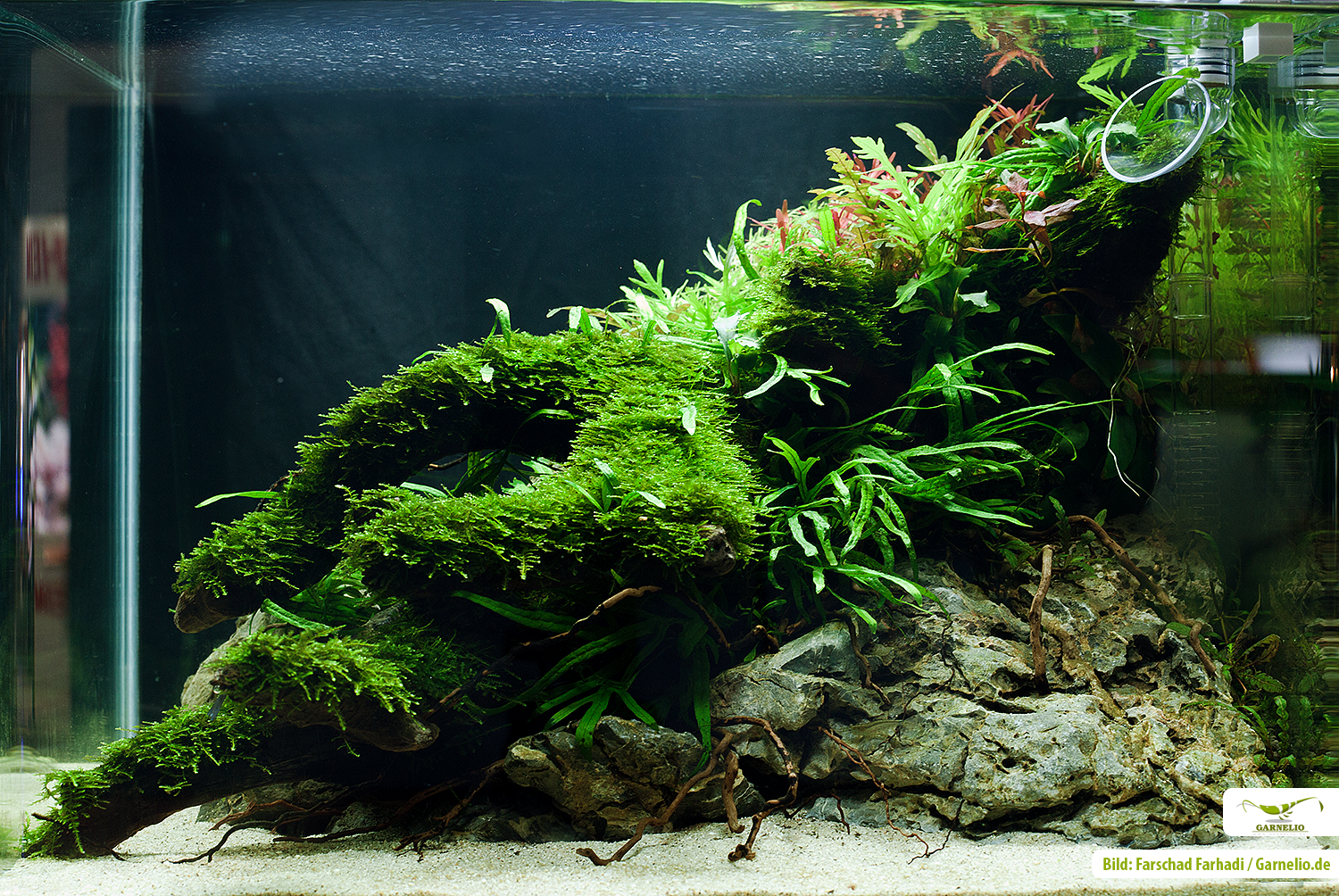
Mosses in the paludarium and aquaterrarium
Many crabs are omnivores and will not say no to tender moss shoots. In aquaterrariums and wet terrariums with carnivorous crabs such as Geosesarma, however, many moss varieties can be used wonderfully not only in the water part, but also on land. Moss also looks very nice at the transition from water to land, but also mossy stones (see above under buttermilk method) simply cut a good figure in such a terrarium. The high humidity is very beneficial for mosses. During daily spraying, moss that grows on land simply gets an extra spray with the water sprayer and thus thrives quite wonderfully. Every now and then - about 1x per week - you can add a few drops of moss fertilizer to the spray water and thus fertilize the moss quite specifically.
In the following we present the most popular and best known mosses and go into detail not only on their growth form, but also on whether they themselves grow firmly and whether they are also suitable for emerse culture (i.e. outside the water, for example in an aquaterrarium). Basically, depending on light intensity and also on temperature and nutrient supply, mosses can change their growth form considerably.
Species presentation: Popular species
Java moss (Taxiphyllum barbieri)
Originally Vesicularia dubyana was called Java moss, but in the 1970s it was displaced by Taxiphyllum barbieri, originally from Vietnam, which is now known as Java moss and is very widespread. Popular and very easy to care for, Java moss grows quite quickly, branches well and forms adhesive roots with which it clings even to slightly rough surfaces of stones and wood. It does not need much light and can handle a wide range of temperatures.
Terrarium suitability: yes
Singapore moss (Vesicularia dubyana)
Originally imported from Asia as Java moss, this moss was widely used in aquariums before the 1970s, but was later replaced by Taxiphyllum barbieri. Meanwhile Vesicularia dubyana is imported again, but is now known as Singapore moss. Singapore moss grows well, needs little light and is especially suitable for emerse keeping in humid terrariums. In growth it is very similar to the Java moss Taxiphyllum barbieri. Unlike Java moss, Singapore moss forms spore capsules on a stem even under water.
Terrarium suitability: yes
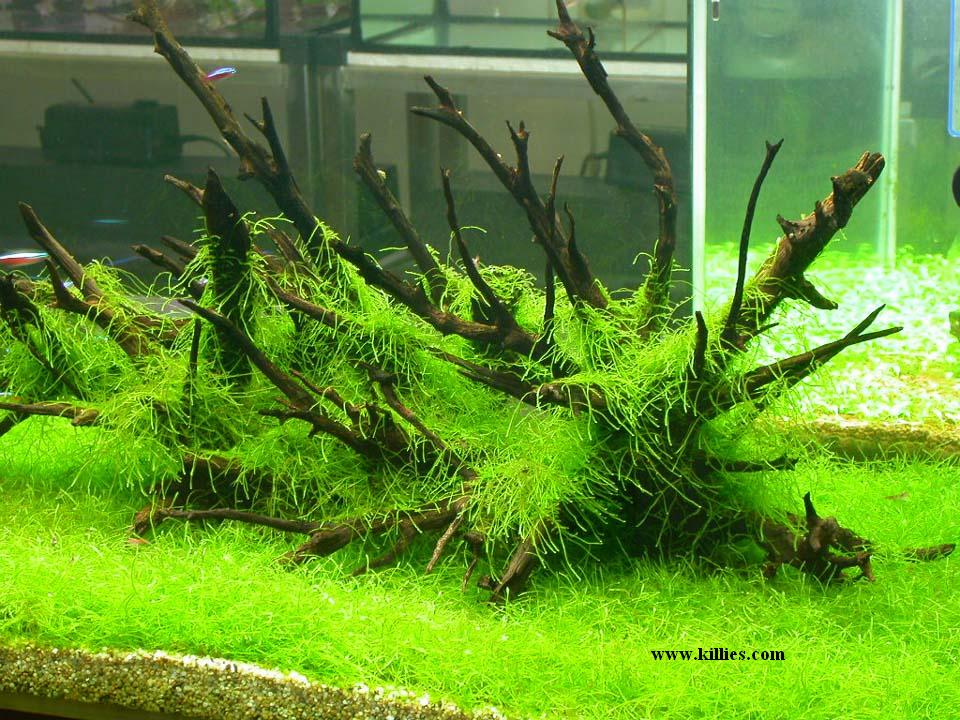
Christmas moss, Christmas tree moss (Vesicularia montagnei)
Christmas moss is very common in Asia and grows well both above and below the water level. The triangular, well-branching, symmetrically structured fronds are somewhat reminiscent of spruce branches, hence the name Christmas moss. It attaches well and grows firmly on its own after some time. The growth of the moss is slow, it copes well with relatively low light.
Terrarium suitability: yes
Flame Moss (Taxiphyllum sp.)
Not yet determined to species, flame moss has a very characteristic growth pattern. It grows relatively upright and spirals upward. It looks like lambent flames and works best when tied to relatively thin branches and allowed to grow upright. Flame moss forms adhesive organs, so it grows firmly on its own. It needs a little more light than other mosses and can also be grown emersed.
Terrarium suitability: yes
Weeping Moss (Vesicularia ferriei)
The medium green rather fine branching Weeping Moss from Asia grows overhanging and forms beautiful beard-like cushions. On flat surfaces it grows rather creeping. It can also be cultivated well in emersed conditions. Weeping Moss does not need much light and grows well on wood or stones over time thanks to its adhesive organs.
Terrarium suitability: yes
Triangle Moss (Vesicularia sp.)
The Triangle Moss is not yet completely determined, but probably originates from Asia. The lush green shoots are well branched, distinctly triangular in shape, and grow upward at an angle. Triangle moss does just as well in low light as it does in high light and grows especially well emersed. It grows well on surfaces in the aquarium.
Terrarium suitability: yes
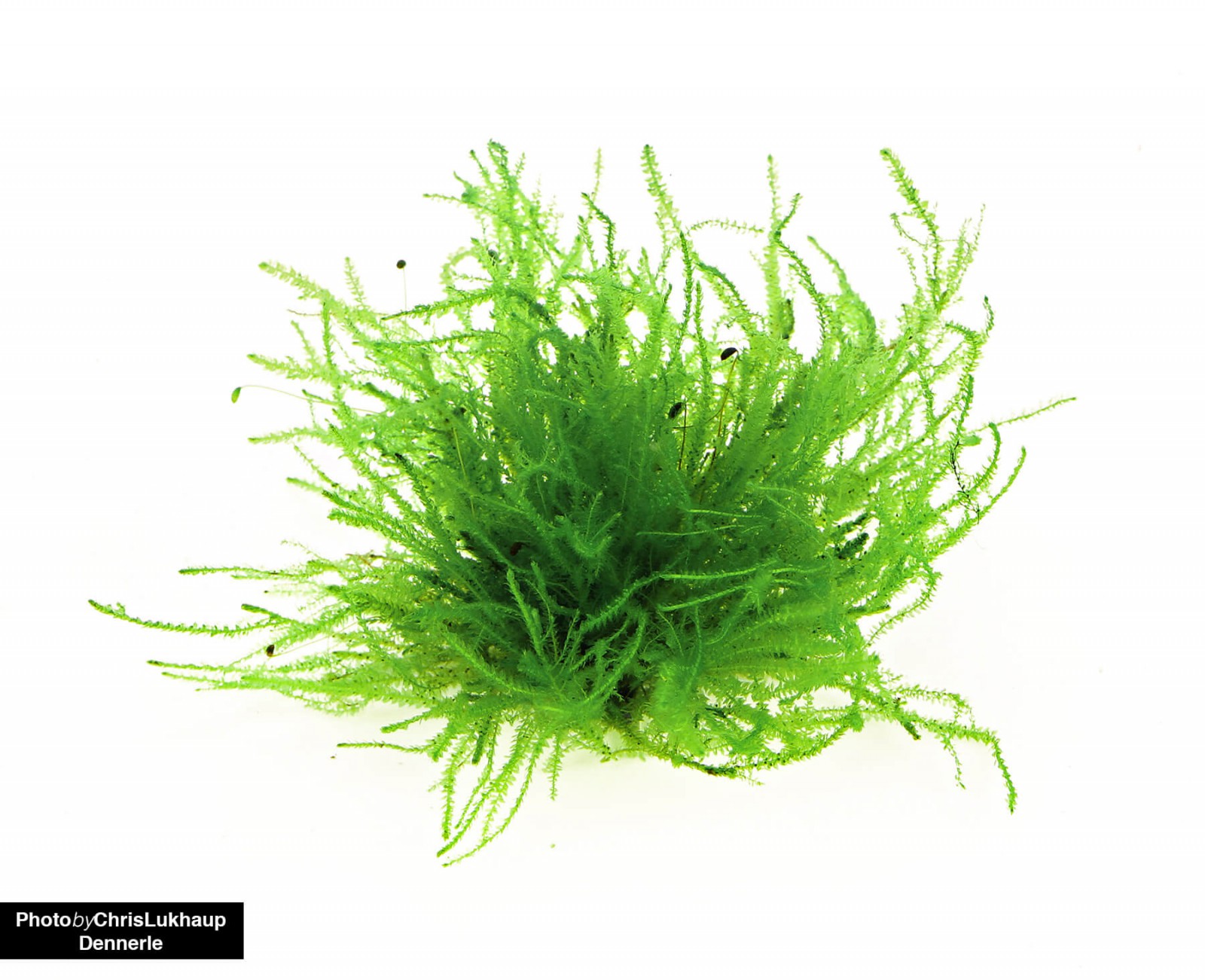
Spiky Moss, Peacock Moss (Taxiphyllum sp.)
The spiky looking rather light green Spiky Moss from Asia, also called Peacock Moss, looks particularly good when tied up. For a moss it grows quite fast if it has enough light. Its flat, quite well branching shoots grow slightly upright, which has given this moss its name. Spiky moss forms only a few adhesive organs and therefore does not grow well on the substrate it is tied or glued to. It should therefore be cut into shape and re-bound from time to time. Spiky Moss can be cultivated well in emers.
Terrarium suitability: yes
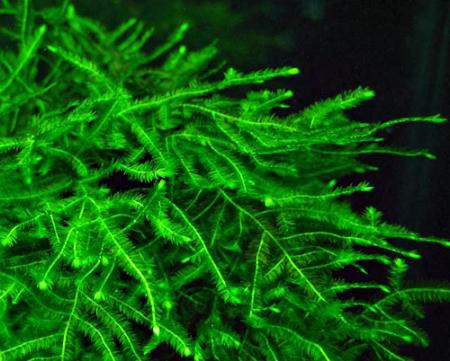
Taiwan Moss (Taxiphyllum alternans)
While it probably does not actually originate from Taiwan, it has become known by that name. Taiwan moss is somewhat softer than the other Taxiphyllum species, and it forms finer structures. It grows very nicely densely branched and has rather wide, creeping shoots. It grows well firmly on the substrate and can also be cultivated very nicely emersed.
Terrarium suitability: yes
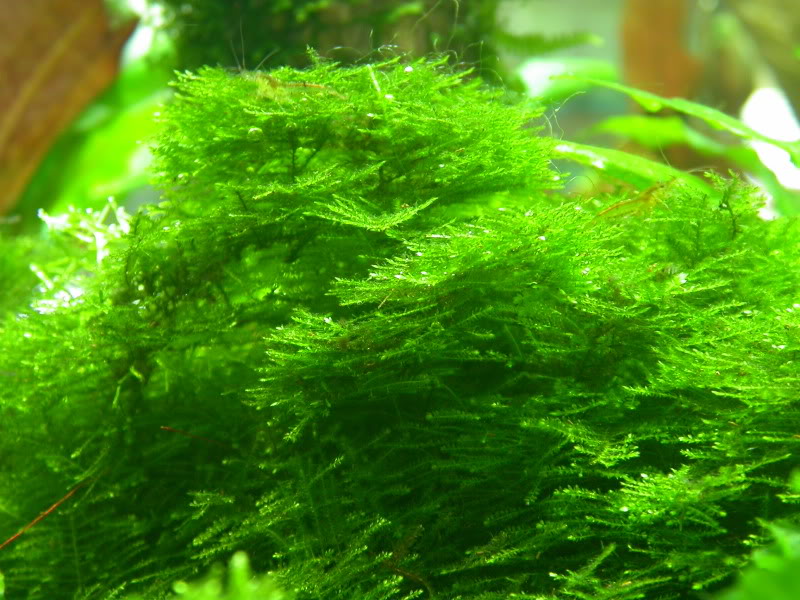
Erect Moss (Vesicularia reticulata)
Similar to Flame Moss, Erect Moss grows relatively tightly upright underwater. The strong medium green shoots have short, dense side shoots. The land form has a creeping habit. The medium green Erect Moss needs a lot of light and sometimes even dies under low light. It grows firmly on the substrate.
Terrarium suitability: yes
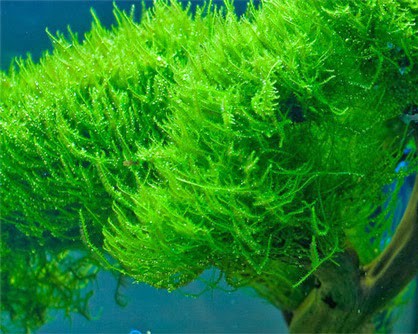
Spring Moss, Fever Moss, Willow Moss (Fontinalis antipyretica)
This very large growing moss is spread all over the world and is also found in the wild in Europe. It is a pure water moss. With up to 30 cm the shoots become very long. It grows in loose pads and can be tied up very well. It needs a little more light than other mosses. Spring moss is one of the oldest mosses in aquaristics.
Terrarium suitability: no
Shore Moss (Leptodictyum riparium)
The shore moss is a somewhat coarser moss that forms beautiful prostrate, somewhat stubby shoots. The moss cushions are rather loose. Only in low light do they grow upright. Shore moss is a true cosmopolitan, found practically everywhere in the world. Bank moss grows partially attached to the substrate. It grows relatively quickly for a moss and does very well in hard water. Nutrient-rich biotopes are also no problem for the riparian moss. It is well suited for an emerse culture in a paludarium or wet terrarium.
Terrarium suitability: yes
Nanomoss, Creeping Blunt Moss (Amblystegium serpens)
This fine, rather slow-growing moss is a cosmopolitan, it can be found almost everywhere in the world, even here in Central Europe there are natural moss populations of the Creeping Buttress Moss. Under water Nano moss forms very finely structured medium green cushions. It grows very well on the substrate. It also grows well emersed in a paludarium or waterfall aquarium, and can even be kept and overwintered in and around garden ponds.
Terrarium suitability: yes
Phoenix moss, spring forktooth (Fissidens fontanus)
Fissidens fontanus is a true aquatic moss and cannot be cultivated emersed. The elongated leaflets give it a very elegant look, and the dark green feathery shoots and lighter colored shoot tips make a nice contrast. The American Fissidens fontanus grows firmly on the ground by means of adhesive organs. It looks particularly beautiful as a lawn-like planting in the foreground, but also cuts a first-class figure tied up or glued to wood and stones. Out of water the soft shoots collapse immediately.
Terrarium suitability: no
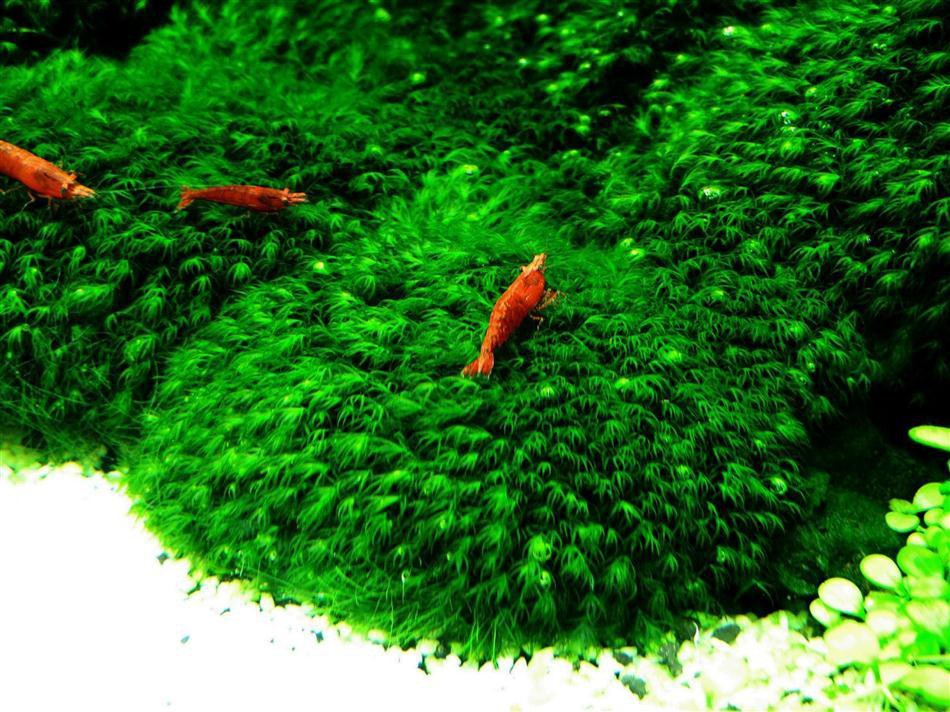
Asian Phoenix Moss (Fissidens geppii)
Probably originating from Asia, Fissidens geppii is also a pure aquatic moss and therefore not suitable for planting the terrarium's terrestrial part. Fissidens geppii also has feathery dark green shoots, but grows somewhat bushier than the spring fork moss Fissidens fontanus. It is still possible that this is not a distinct species, but a variant of Fissidens fontanus.
Terrarium suitability: no
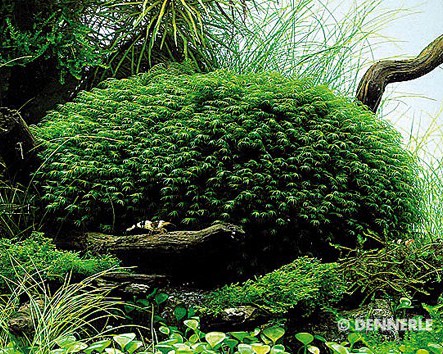
Noble Moss (Fissidens nobilis)
This Asian Fissidens species looks clearly different from Fissidens fontanus. Its leaflets are much broader and larger, the shoots appear much coarser than those of phoenix moss, and they are much stiffer and harder in texture. Fissidens nobilis is not a true aquatic moss and can be cultivated in emersed conditions. This moss grows extremely slowly.
Terrarium suitability: yes (as long as it is the true Fissidens nobilis)
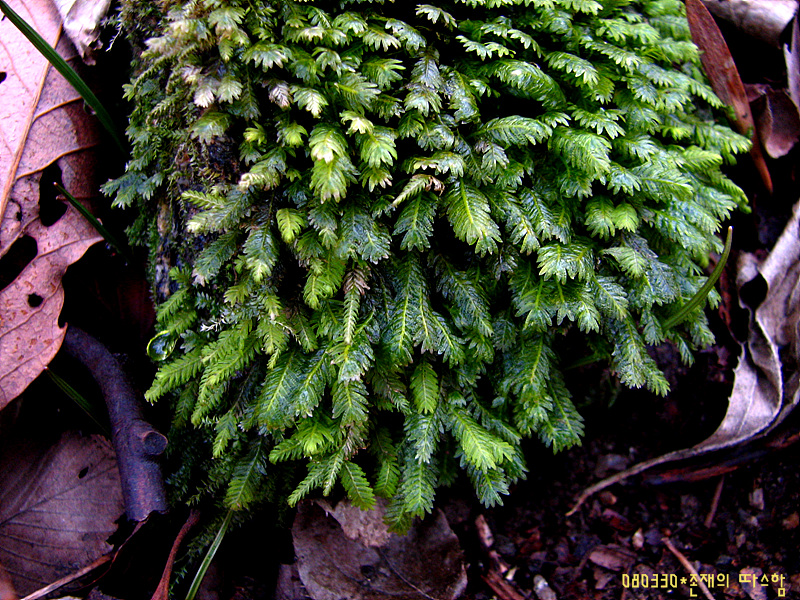
Coral moss, Mini Pellia (Riccardia sp.)
Several Riccardia species are represented in the hobby under the name "coral moss". They all have in common the peculiar frilly growth, somewhat reminiscent of very small, very green corals. Riccardia belongs to the liverworts. The light green moss forms adhesive organs and grows firmly on the substrate. Riccardia can also grow in emers, but then it looks much different than the submerged form.
Terrarium suitability: yes
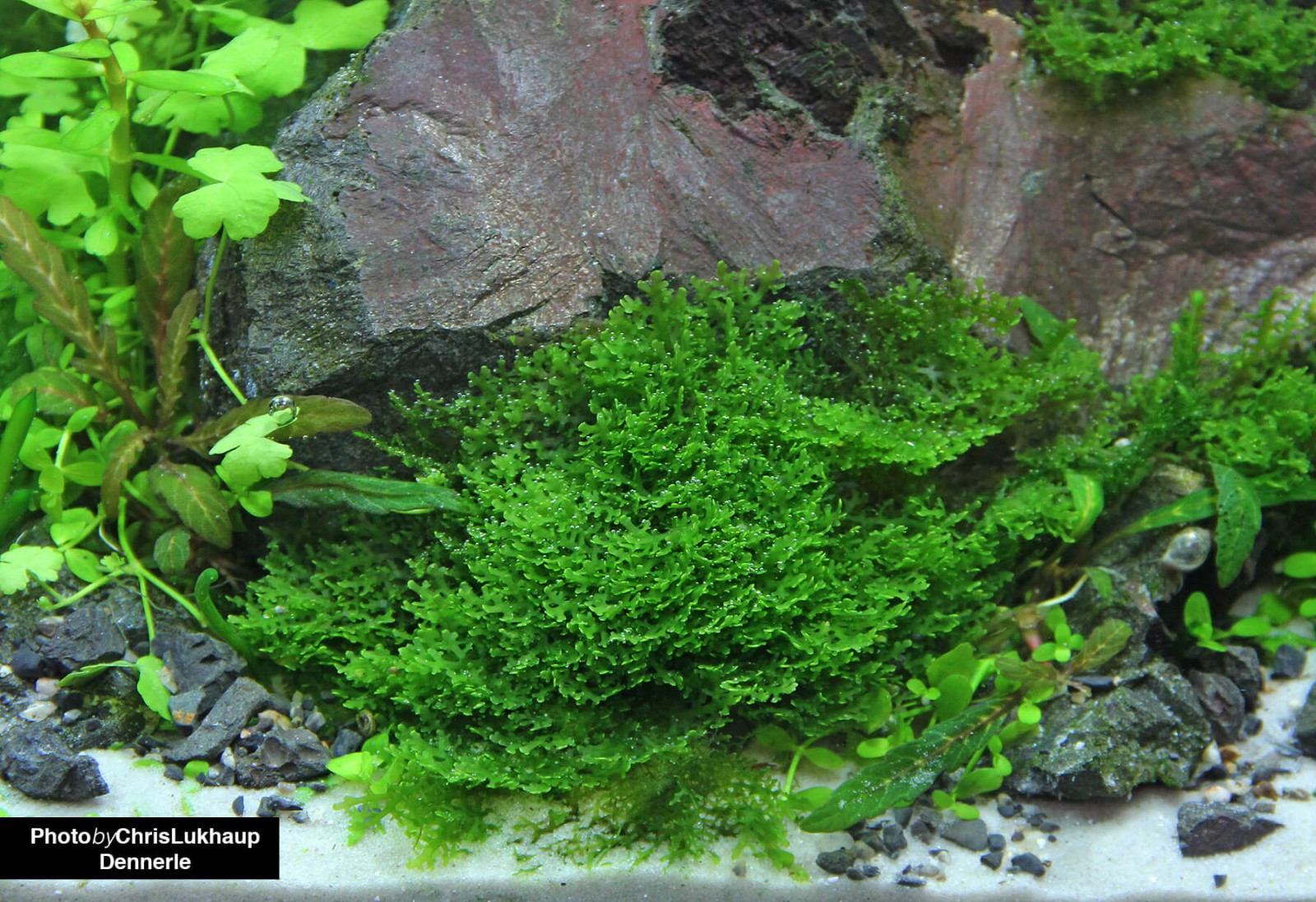
Riccia, pond liverwort (Riccia fluitans)
The pond liverwort is actually a floating plant found worldwide, which does not form adhesive organs and does not stay down at the bottom of the water itself. It used to enjoy great popularity in nursery tanks, but in the general planted aquarium this beautiful light green moss had arrived only in exceptional cases. That changed with Takashi Amano. He used Riccia extensively in the foreground of his aquascapes, creating stunning landscapes with it. Since the pond liverwort does not grow firmly and does not stay down by itself, it must be cultivated permanently tied up on flat stones, clay plates, pads or similar. From time to time you should cut back the resulting cushions properly and also re-tie the riccia. Riccia needs more light, CO2 and nutrients than other mosses and rewards intensive lighting and good conditions with hundreds and hundreds of oxygen bubbles, which are caught in the dense shoots and which give an aquascape a very special effect.
The land form produces wider shoots.
Terrarium suitability: yes
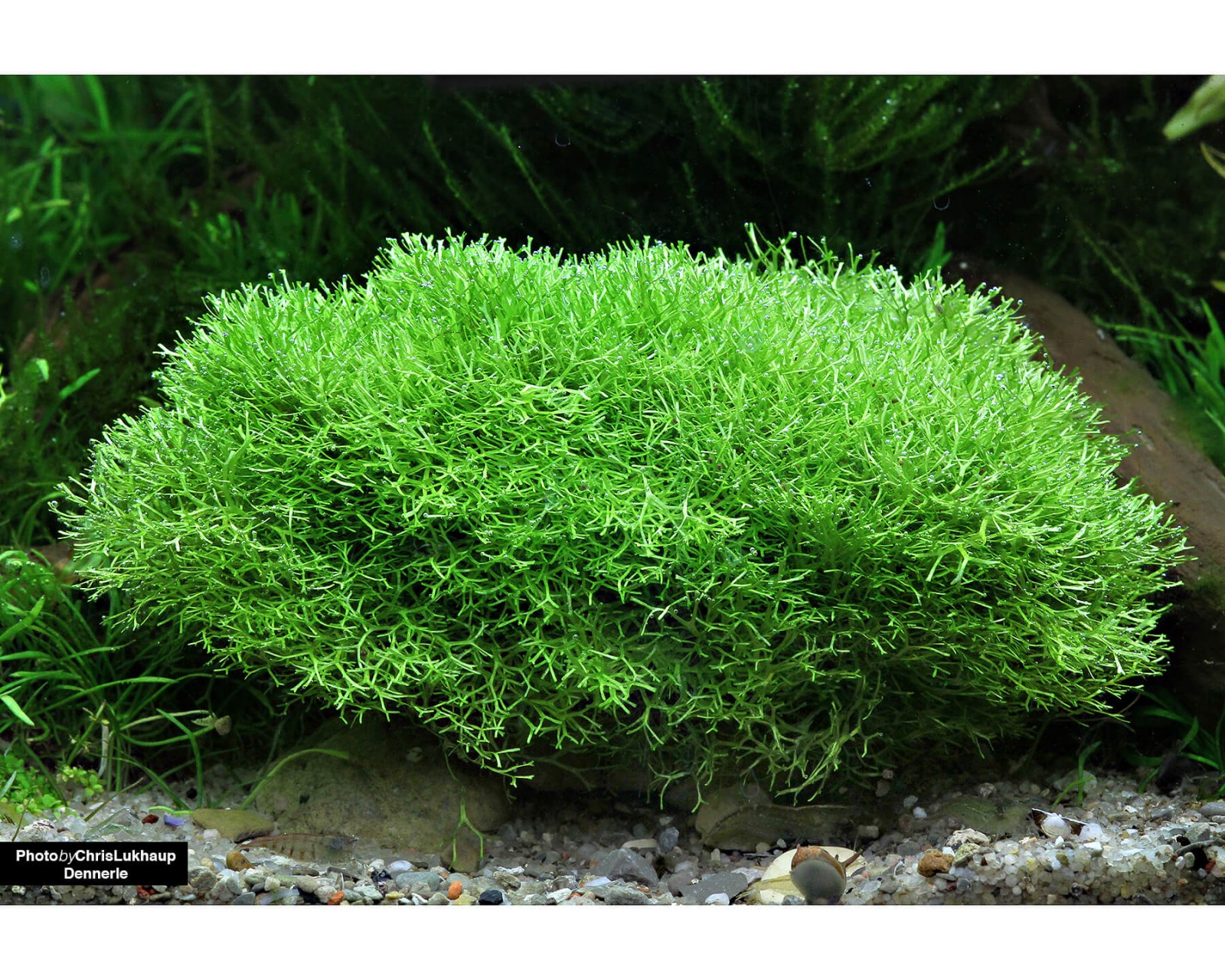
Moss ball (Aegagropila linnaei) former (cladophora aegagrophila)
Actually it is not a moss at all, but a green alga. Nevertheless, moss balls can be used for planting roots and stones. For this purpose, the balls are cut into thin slices, which are then tied or glued on. Over time, the thin filaments of green algae grow upwards and provide a charming sight.
Aegagropila linnaei does not grow firmly.
Terrarium suitability: no
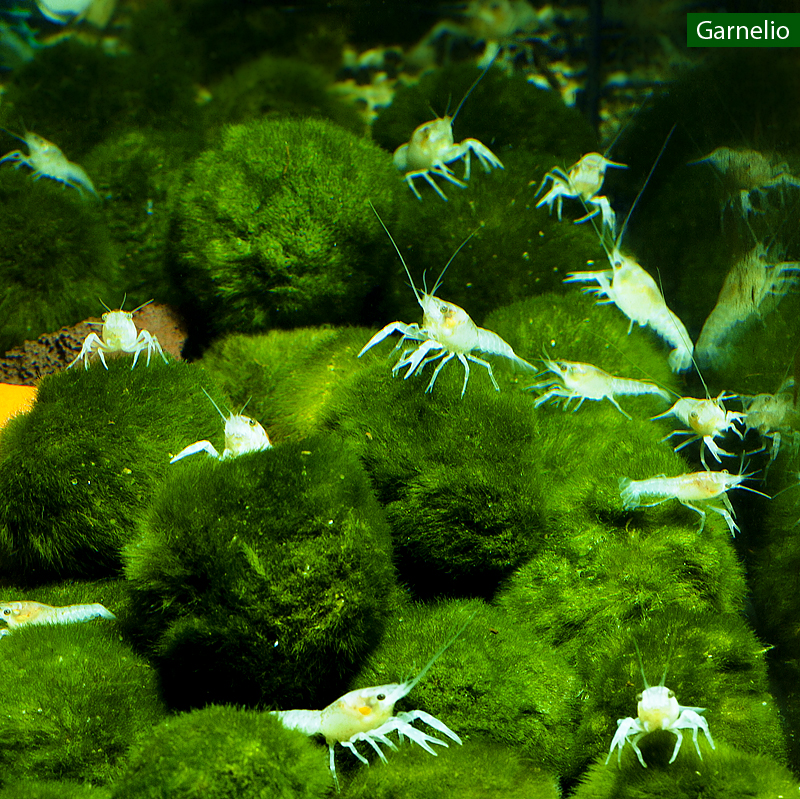
Tender liverwort, Pellia (Monosolenium tenerum)
Monosolenium tenerum from Asia is a liverwort that grows well both underwater and on land, but needs a lot of moisture in the land form. It does not form adhesive organs and does not grow attached to the substrate. Therefore, it is mainly used tied up on small rocks among other low remaining plants. It needs a little more light than many other mosses. For cutting, the Tender Liverwort should definitely be taken out of the aquarium, because every little snippet can get stuck and multiply further. It looks very similar to freshwater kelp, but can be reliably distinguished from it by its clearly visible midrib in the leaflets.
Terrarium suitability: yes

Freshwater Kelp (Lomariopsis lineata)
Actually the freshwater kelp is not a moss at all, but the prothallium of a fern, i.e. the pregerm. So far, no one has seen the actual Lomariopsis fern in the aquarium; the plant doesn't seem to get past the prothallium stage in water. With its bottle-green, slightly transparent ribbon-shaped broad leaflets, freshwater kelp looks very similar to tender liverwort, but it has no midrib. The leaflets are uniformly smooth. Freshwater kelp is quite frugal. When conditions are good, it reproduces prolifically. Sometimes Lomariopsis forms adhesive organs and then grows frilly on roots or stones, which looks very attractive. Most of the time, however, freshwater kelp stays on the bottom. It can be tied on flat stones or even on roots.
Terrarium suitability: no
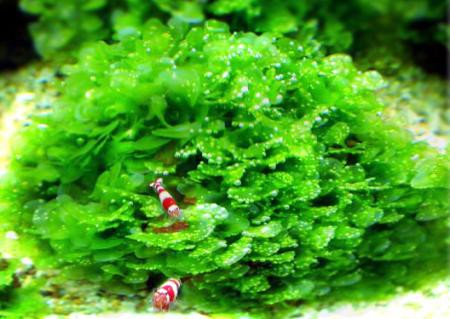

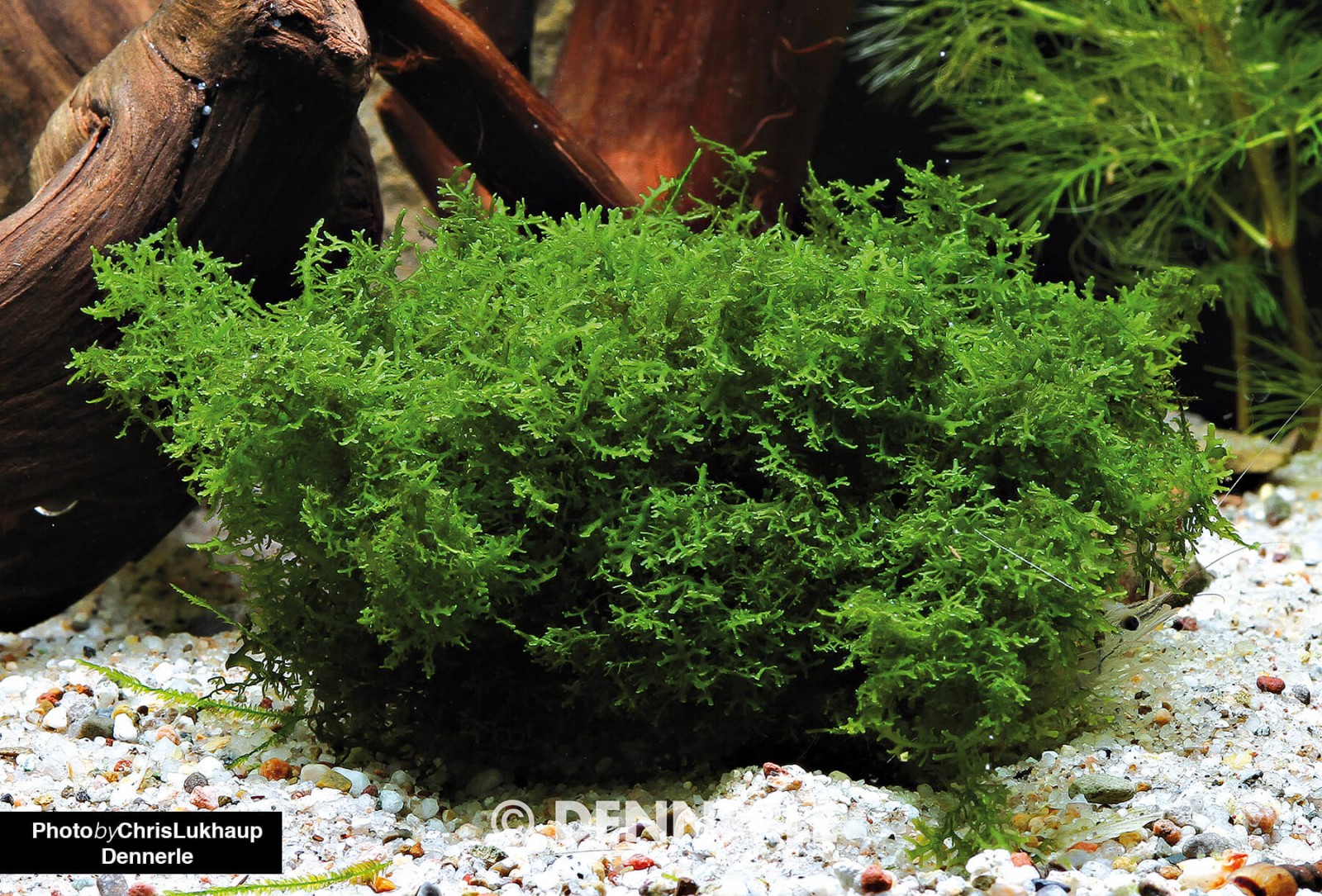
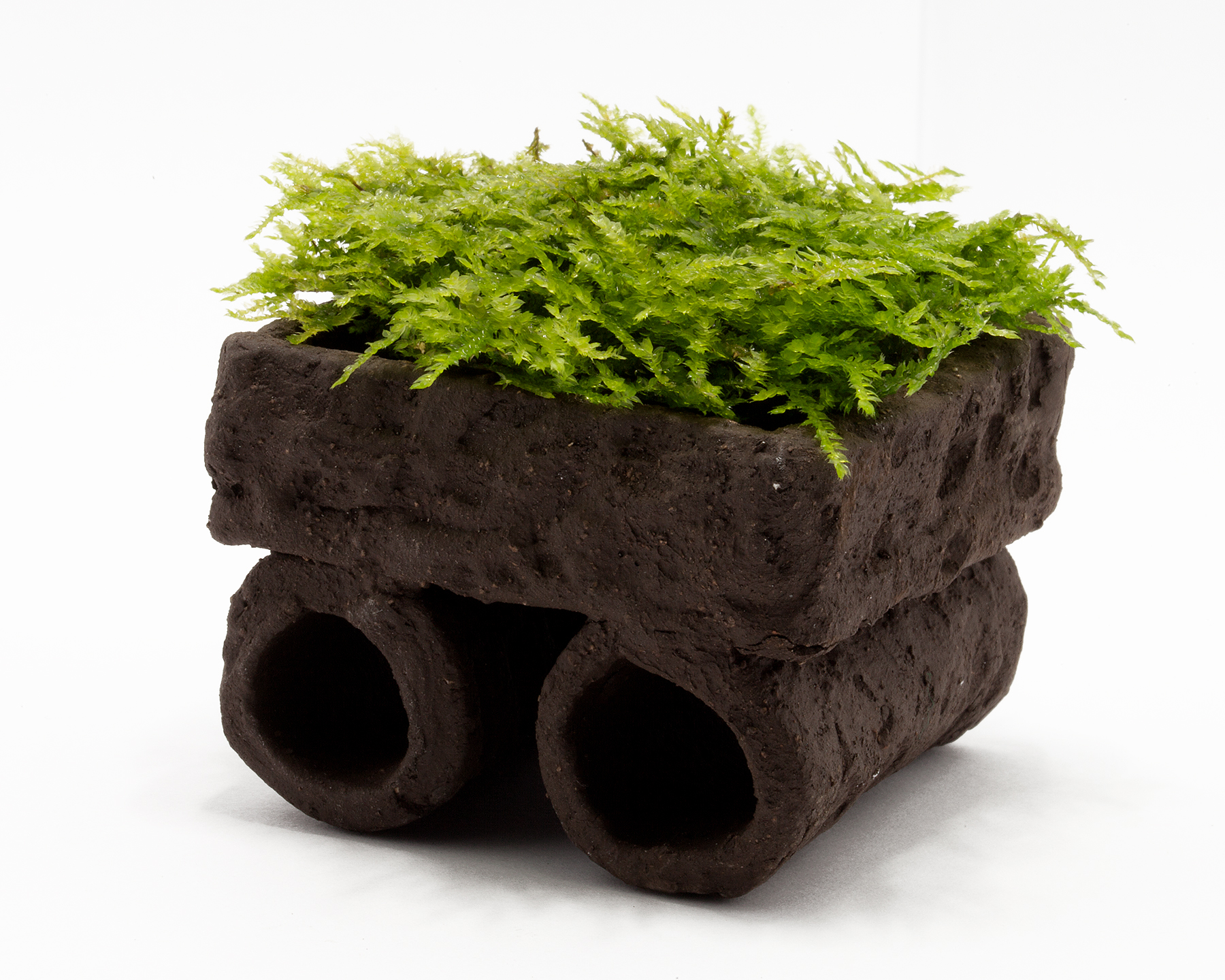
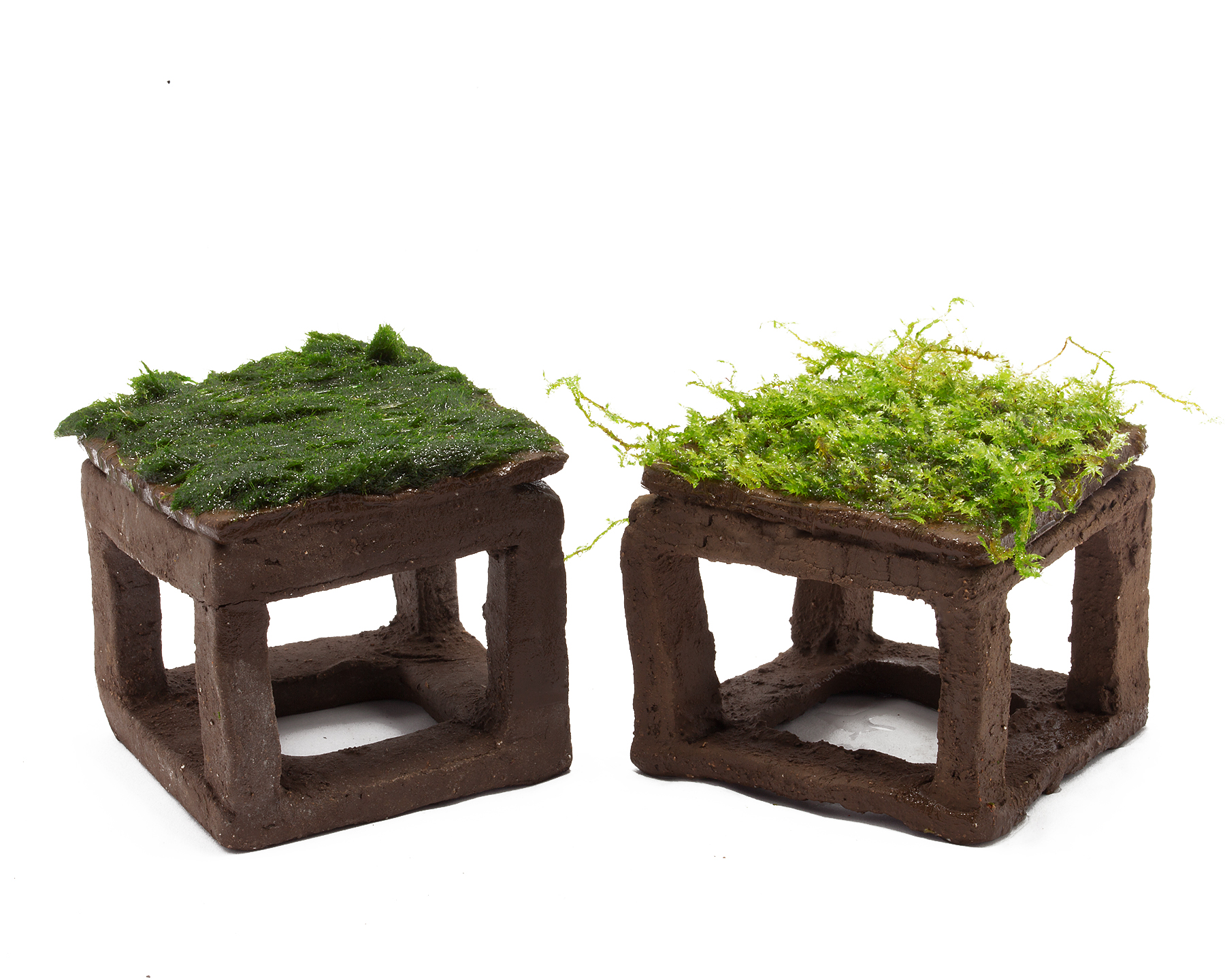
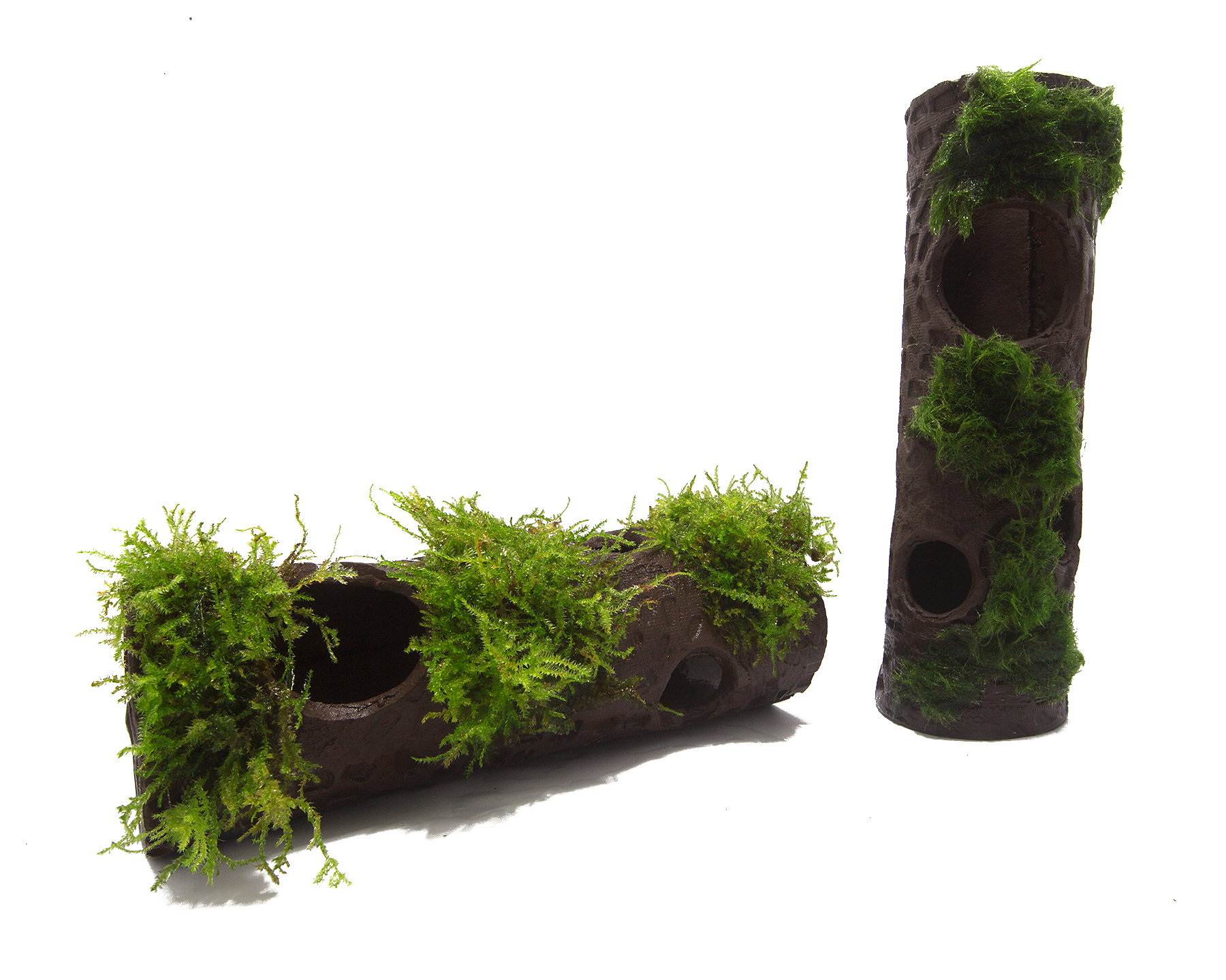
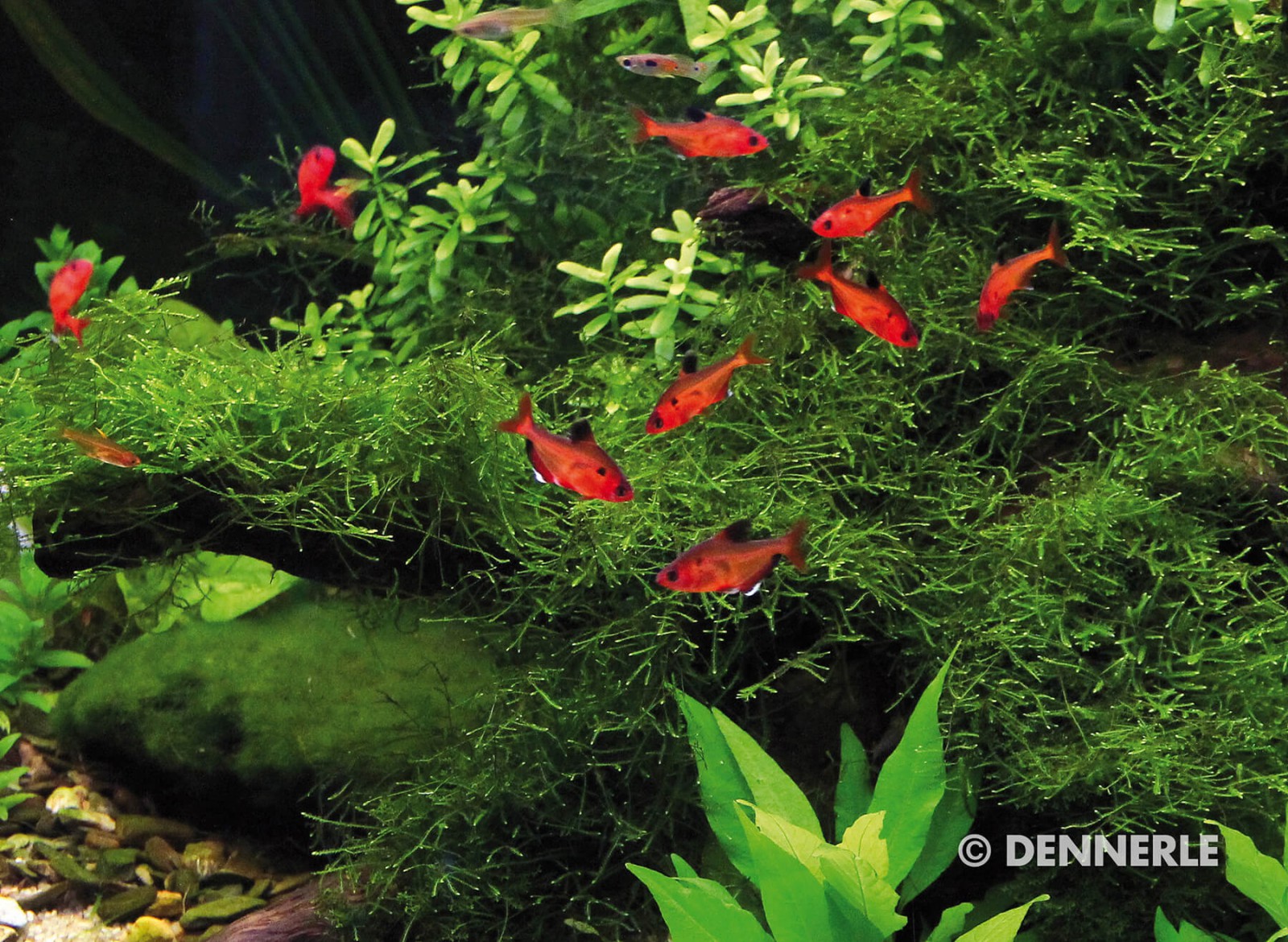
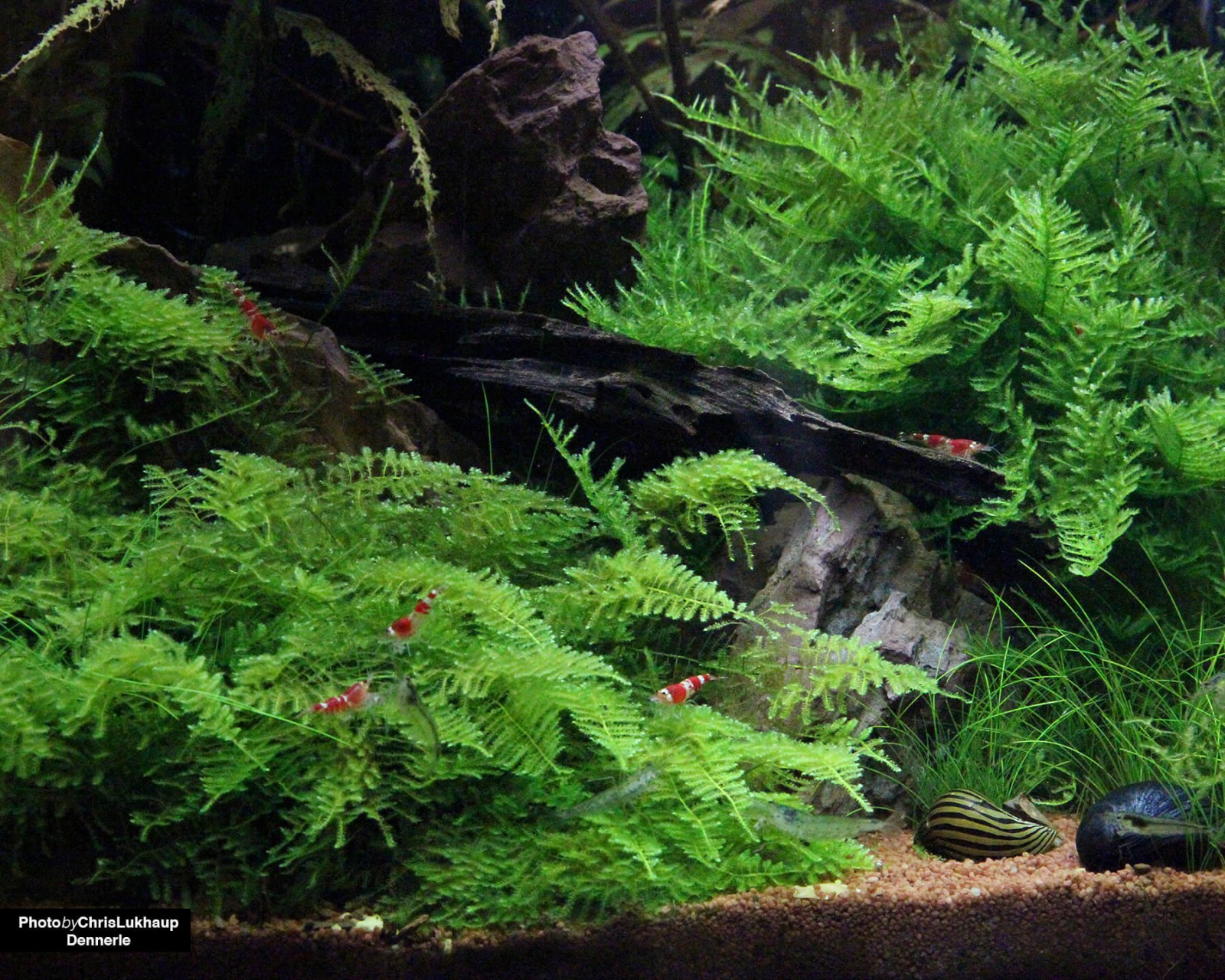
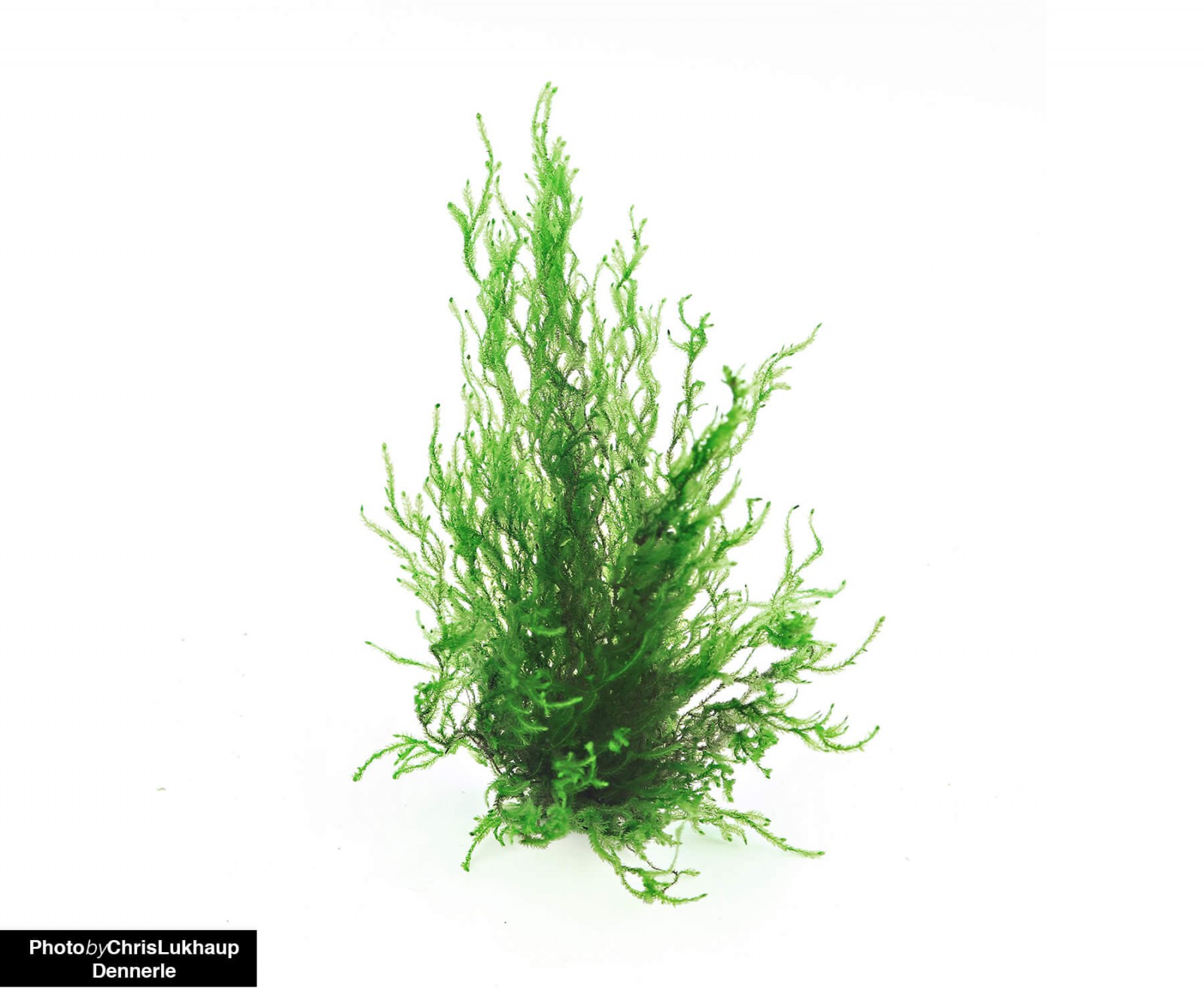
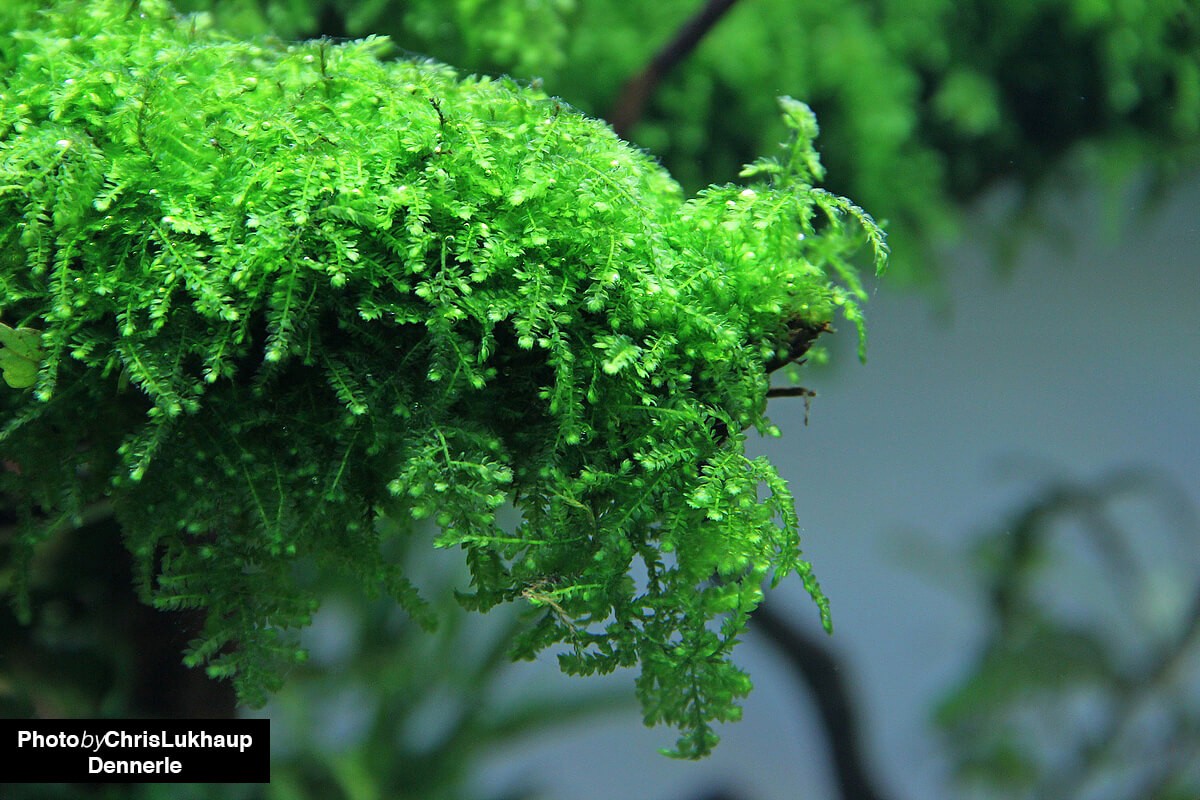
Moos
Ich fand den "Moose im Aquarium" Beitrag richtig gut, informativ kurz und bündig UND das dabei steht ob die Moose auch fürs Terra geeignet sind.
lg
Super Infos
Ich hatte mal Moose gehabt. Leider sind diese bei mir nicht gut angewachsen. Aber durch eure Tips werde ich es noch mal versuchen. Vllt sogar mit der Buttermilch - Methode.
Interessante Informationen
Einige interessante Infos über Moose. Ich hoffe, ich kann ein paar Tipps davon anwenden.
Top
Sehr schön
Sehr schöner Bericht über Moose im Aquarium
Ich finde diesen Bericht spitze und sehr informativ. Ich bin seit Anfang des Jahres erst in der Aquaristik unterwegs und freue mich immer wieder über so tolle, umfangreiche Artikel. Ich habe in meinen Aquarien auch mehrere Moosarten, finde sie einfach toll weil sie das Becken lebendig grün erscheinen lassen. Würde mich also sehr über das ein oder andere Moospad freuen!
Bitte macht weiter so mit Eurem Blog!
Sehr ausführlich
Sehr gute aufklärung über die verschiedenen Arten. Vielen dank für den Beitrag.
Lesenswert!
ein sehr informativer Text, mein Respekt!
Was mir ein wenig zu kurz bzw. zu allgemein ausgefallen ist: die Nährstoffversorgung der Moose
Zu dem Thema sind belastbare Informationen wirklich rar.